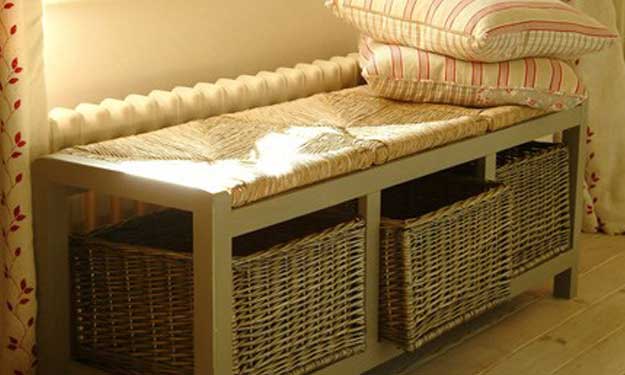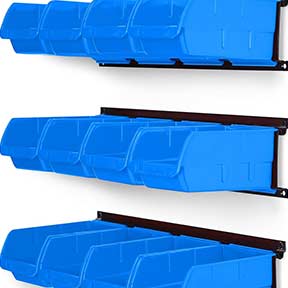Organizing Your Space

Organizing Your Home
Smart Tips for Organizing Your Space
Organizing your space isn’t just about tidying up – it’s about creating a home that feels functional, calm, and enjoyable. Whether you’re short on time, energy, or just don’t know where to start, the good news is that help is out there. Professional organizers, cleaning services, and even helpful online resources can guide you, but there’s plenty you can do yourself to take control of your home. Even small steps, like removing clutter before a cleaning service arrives, can make a big difference. It allows professionals to focus on cleaning the dirt and grime while you reclaim a sense of order and peace.How to Get Started Organizing Your Space
The first step in organizing your space is deciding where and when to start. Feeling overwhelmed is normal – especially if your home hasn’t had a deep clean in a while. A simple strategy is to plan carefully: pick a room or area to focus on, choose a date, and break tasks into manageable steps. Many people naturally lean toward spring cleaning. Warmer weather and sunlight highlight dust and dirt, making it the perfect time for a thorough refresh. Deep cleaning may involve moving furniture, washing shelves, vacuuming carpets, and even cleaning behind and under furniture.Declutter Before You Organize Your Space
Getting rid of clutter is the cornerstone of organizing your space. Follow these steps to create breathing room in your home:- Clothes and Accessories: Go through closets and drawers. Donate items you no longer wear to shelters or thrift stores.
- Miscellaneous Items: Sort through toys, kitchen gadgets, and old books. Keep what you use, donate what you don’t.
- Cosmetics: Toss expired makeup, nail polish, and other personal items.
- Pantry and Refrigerator: Discard old or unused food. A simple rule: when in doubt, throw it out!
Organizing Your Space: Cleaning Made Simple
Once clutter is under control, tackle cleaning room by room. A top-to-bottom, back-to-front approach works best.Routine Cleaning Process
- Remove clutter and contents from drawers or shelves.
- Wash shelves, drawers, and surfaces, then replace items neatly.
- Dust thoroughly, then vacuum carpets and floors.
- Move furniture as needed to clean hidden areas.
Creating a Vision for Your Space
Before organizing your space, ask yourself:- What are my goals for this room or area?
- Where does clutter accumulate most?
- Which items need special attention?
Sorting and Storage Solutions
Organizing doesn’t mean hiding everything away – it’s about creating systems that work.- Sort by Category: Keep, donate/garage sale, or toss. Include items like seasonal clothing, shoes, makeup, linens, books, and electronics.
- Use Storage Wisely: Invest in containers, bins, and labels. Items you use often should be easily accessible, while seasonal or rarely used items can go higher or further back.
- Garage Sale or Donate: Centralize items for sale or donation. Remember: what doesn’t sell goes straight to charity.
Reduce, Minimize, Eliminate
Be honest with yourself about what you truly need. Clothing that’s worn out, knickknacks that no longer spark joy, and old toys or electronics should be donated or discarded. Fewer items mean less clutter, making your home easier to maintain.Keeping Your Space Functional
Location and Accessibility
Assign each item a “home” based on how it’s used. Daily items should be within reach, while occasional items can be stored higher or further back.Ongoing Upkeep After Organizing Your Space
Organizing your space isn’t a one-time event. Set rules like:- Never overfill drawers or shelves.
- Do small cleaning tasks daily to prevent clutter from piling up.
- Review storage areas seasonally to keep everything manageable.
Enjoy Your Organized Home
Once your home is decluttered, cleaned, and organized, you’ll notice the difference immediately. You’ll find things faster, enjoy your space more, and feel calmer throughout the day. Organizing your space doesn’t just make your home look better – it helps your entire family thrive. Take the first step today. With a plan, patience, and persistence, a clean, organized, and peaceful home is within reach.Storage Options


















